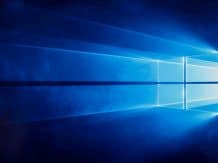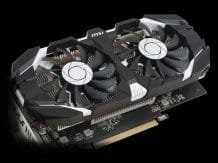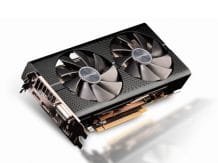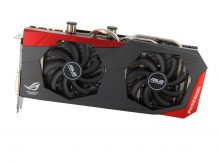We advise you on how to prepare a graphics card for calculating cryptocurrencies: We are not talking about hardware modifications (although they may also be considered), but purely software modifications, possibly including the modification of the card’s firmware. After such modifications, the cards can work around the clock, showing no major signs of wear.
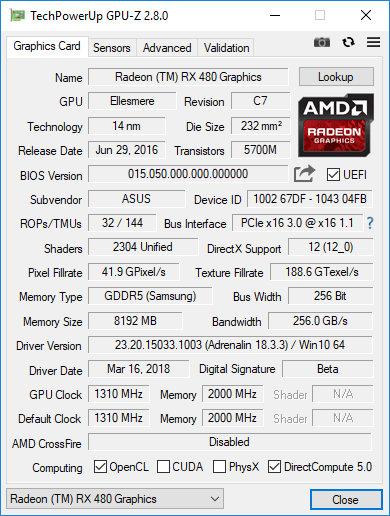
Mining problems – power consumption and temperature
The profitability of mining cryptocurrencies largely depends on the power consumption. First of all, you should ensure a cheap electricity supply (e.g. by changing the tariff), and then make sure that the power consumption of the excavator is as low as possible – even at the cost of a slight reduction in efficiency. Such a procedure will pay off in the end anyway.
No miner also wants the card to fail after a month. Its task is to work as long as possible, with the best ratio of energy consumption to digging efficiency. It also means that graphics card temperatures also need to be strictly controlled. Of course, the power consumption of the card has a lot to do with its operating temperature, and this in turn with the volume of the cooling system.
How to prepare Polaris for cryptocurrency mining?
The AMD Radeon Polaris RX 4xx and 5xx series cards are very popular with miners. We can find out about it the best by checking the prices of the 470/570 and 480/580 series cards. In our example, we used the Radeon RX 480 card in the proprietary version of ASUS, namely the ASUS ROG STRIX RX 480 OC. ASUS ROG STRIX RX 480 OC with Radeon RX 480 overclocked on board (Artur Wigo graphic)
The first option to improve calculations in the case of AMD Polaris cards should be found in the Radeon Software Adrenaline drivers. We will find many useful options there (more on that in a moment), but the basis is to switch the card from the 3D graphics generation mode (“Graphics”) to the calculation mode (“Calculate”). This should improve all tasks performed on the GPU, including calculating cryptocurrencies.
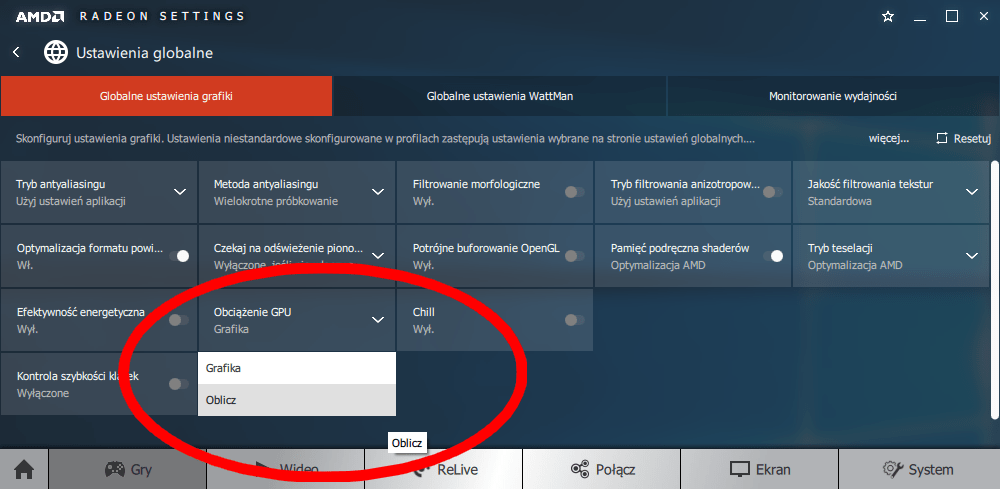
It should be added that this option cannot be found in the Vega cards, but only in the Polaris series.
Let’s move on to the “fight” with power consumption and temperatures. The latter are not particularly relevant to excavators, which are usually found on racks, but to encapsulated computers.
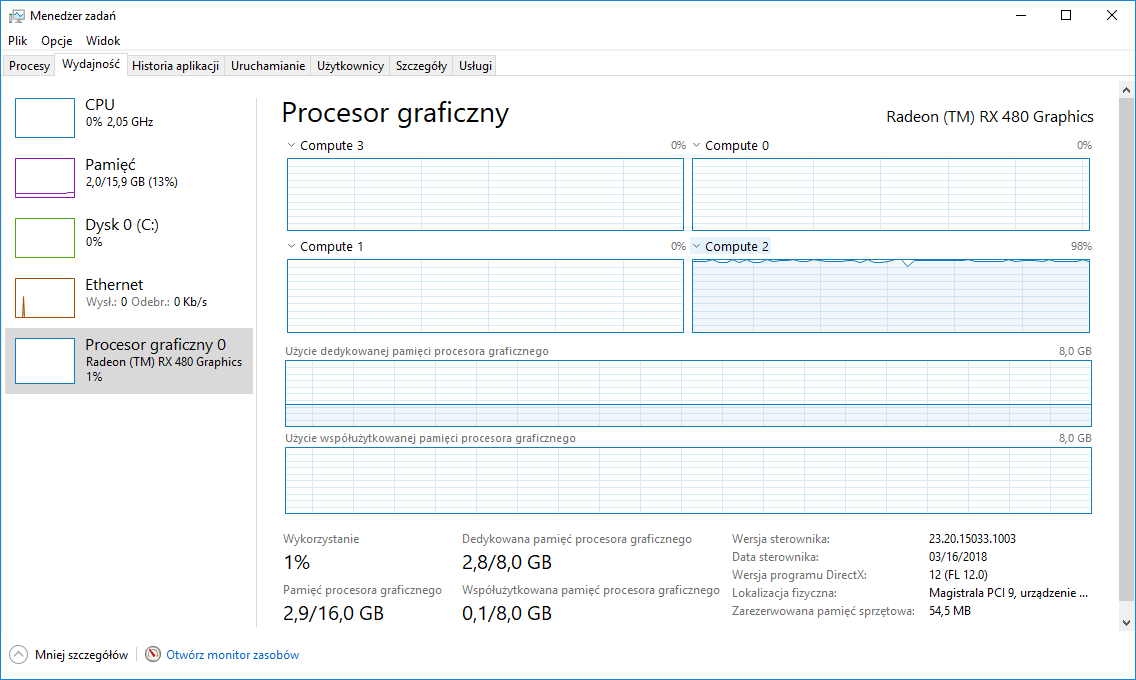
24 hours of work in such an environment can make the machine red hot. And a week or even a month? And this is an option not with one, but several graphics cards? Fear to think.
Cards for players – especially those factory overclocked – have an exorbitant clock speed of the graphics core. This is often associated with increasing the voltage on the GPU, which further increases the power consumption of the card. ASUS ROG STRIX Radeon RX 480 OC is overclocked to 1310 MHz. High GPU clock speed is useful in games, but it does not matter when mining cryptocurrencies.
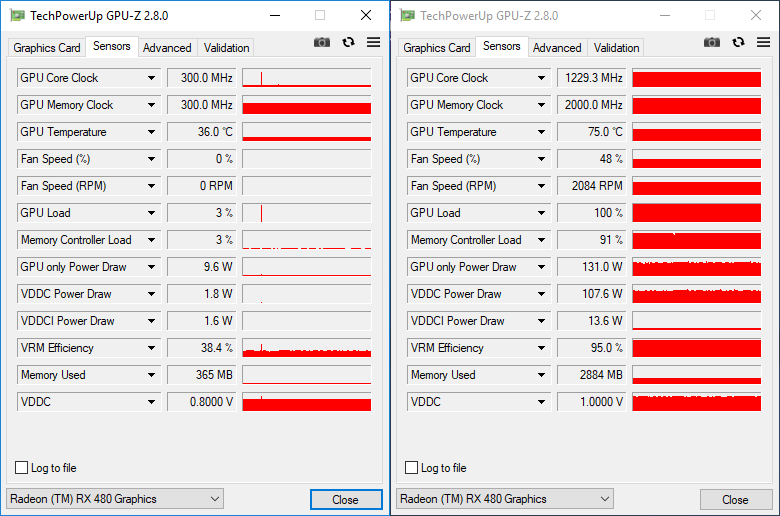
When working in a well-ventilated housing, the idle graphics core reaches less than 40 degrees C and consumes about 10 W. Only a quarter of an hour of digging is enough for the temperature to reach 75 degrees C, and the energy demand of the core itself (GPU Only Power Draw) reached over 130 W (gusts to almost 150 W). Longer digging usually means a temperature of around 80 degrees Celsius.
Let’s do a simple experiment and reduce the maximum clock speed of the graphics card from 1310 MHz to about 1000 MHz. How will it result? We can also change the Radeon timing in Adrenaline controllers, this time using the WattMan tool.
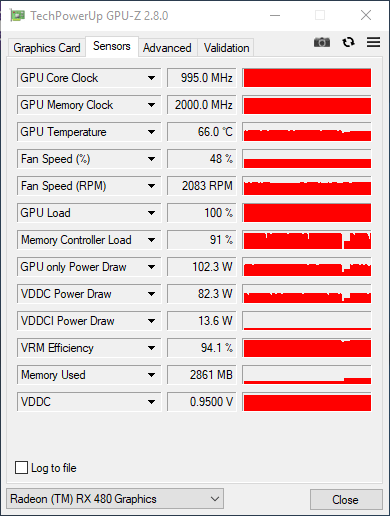
Effect? The efficiency of calculations using the DaggerDecred (Claymore) algorithm decreased by about 4 percent. while the power consumption of the GPU by almost 30 percent. (we’re talking about the GPU itself, of course, not the entire platform), and the temperature is almost 15 percent. Of course, the platform’s power consumption is best checked with a meter, but knowing that the RX 480’s TDP is 150 W, we can safely assume that the data from GPU-Z is close to reality.
Remember that this is just a test – it can be said that the optimal GPU clock setting for the RX 480 for cryptocurrency mining is around 1200 MHz, and it can be lowered to around 1100 MHz. Of course – every computer is different, each heats up differently, so each situation requires separate analysis. For the amateur miner, the most important thing is not to “get” cards in a short time.ADVERTISEMENT
Of course, this is just the beginning – once we’ve lowered the clock speed to a given level, now we can focus on reducing the voltage on the graphics core. This will also enable us to use the WattMan tool. Step by step we lower the tension and check the stability of the platform. The result will be even lower GPU temperatures and lower power consumption. WattMan also allows us to set GPU temperature limits, acoustic cooling limits, or a simple limit of energy consumption. We can set the operation of the card exactly to our needs, preventing overheating and excessive use of the graphics system.
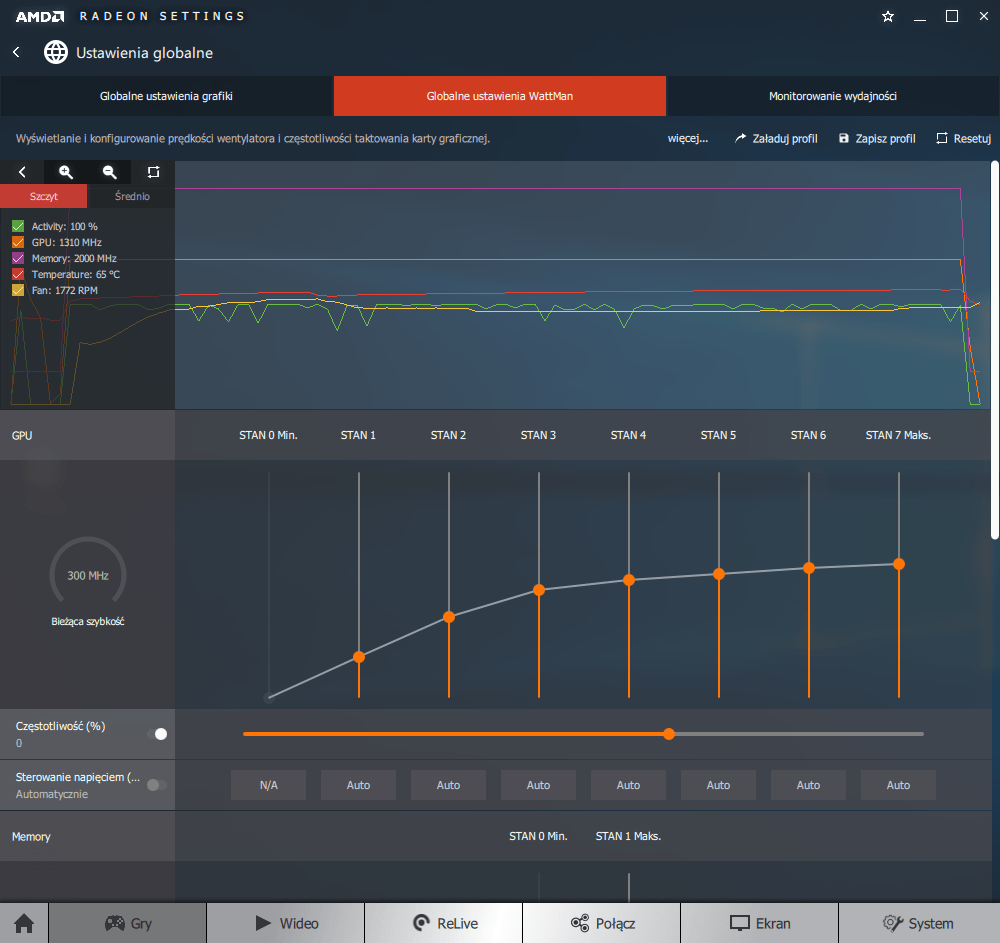
Driving school – Graphics card BIOS modification
Professional miners simply modify the graphics card’s firmware. They usually consider mining cryptocurrencies such as ethereum, monero or dubaicoin. These are cryptocurrencies for the mining of which the efficiency of VRAM memory is the most important. You can both try to overclock it, as well as reduce delays (timings), or use undervolting. All this to ensure the best ratio of computing performance to power consumption. It must be assumed that a certain group of users may simply have free access to electricity, but probably no one wants to damage the graphics card, the work of which brings specific income.
Can a home computer be used as an excavator?
Yes, after proper preparation. As one of the biggest problems is temperature, it is worth starting with … cleaning the inside of the casing and organizing the wires so that nothing interferes with air circulation. From the banal but important things, it is worth remembering, for example, to dust the fan blades that cool the graphics card.
We should follow the general rule that cool air should be sucked in at the front of the housing, run through the interior, as a result of which it will receive heat from the components. The air then has to be discharged through the fans at the rear and top, although additional vents can also be thought of. A cooling system that works well for occasional gaming may not work at all with the graphics card working 24 hours a day.





